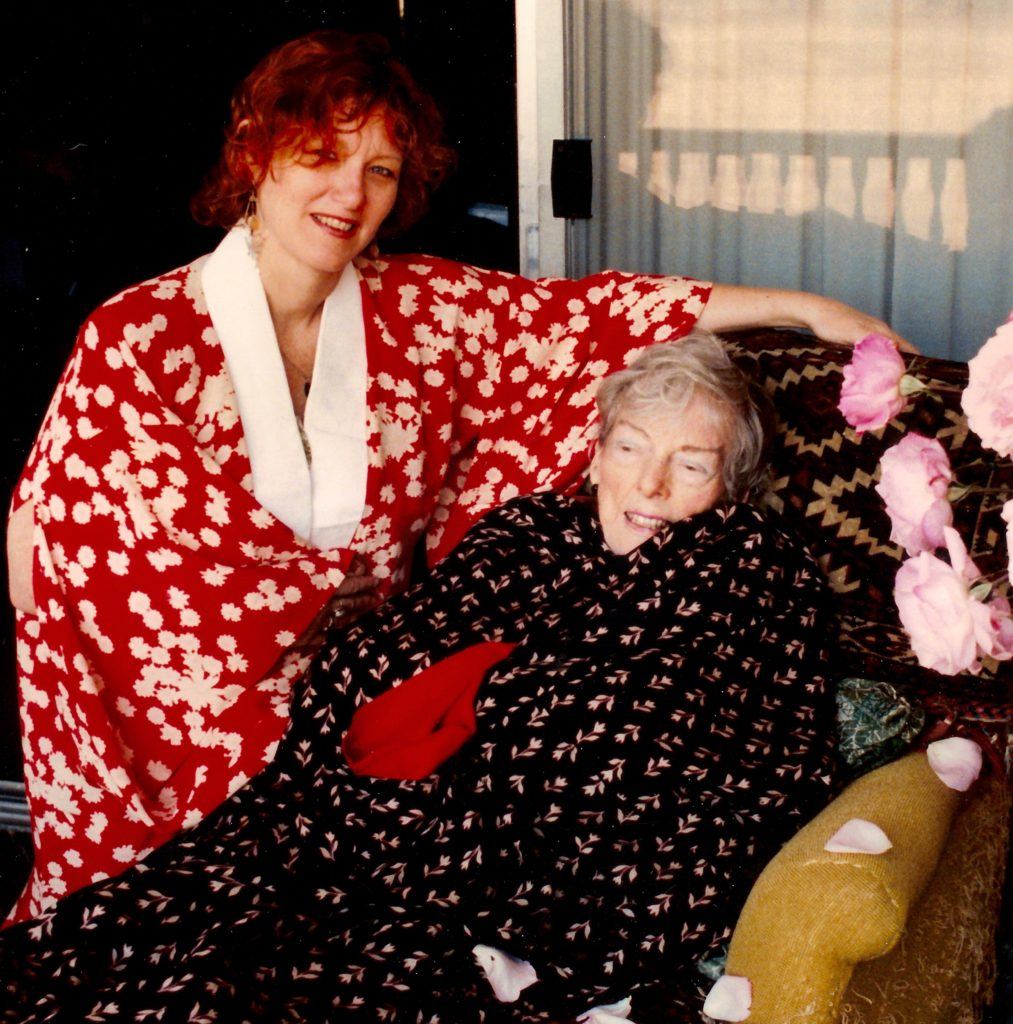I spent the next afternoon reading cookbooks and gathering ingredients. Not being one who makes refined French fare very often, I used Madeleine Kamman’s books for inspiration and the results pleased me. Soon my kitchen was filled timbales, flans, and delicate souflés. A mousse of chicken and morels was delightful; an aspargus timbale had great charm; something smooth and creamy and full of leeks was wonderful even if I have forgotten the details. Ah, but the carrots—grated, sautéed, and puréed into a creamy pudding flavored with Pernod, now this I found truly inspired. I made an extra timbale for myself and when I returned from delivering my creamy bounty to Mary Frances, I ate it with slow sensual pleasure. The flavor of licorice infused every bite, wrapping itself around the sweetness of the carrots. Mmmm, absolutely heavenly, I thought, and hoped that my friend would share my pleasure.
How was I to have known?
A few days later, I received a note thanking me and praising everything except the carrots. She had grown weary of them as a child, she said, and had never regained her taste for them. I admired her feistiness, was pleased that in spite of her failing health she not only continued to have strong opinions but that she also voiced them. I regretted that I hadn’t chosen something more to her liking, but how was I to have known?
A few days later, a spring storm sent me to the couch with a blanket and a tattered copy of Fisher’s With Bold Knife and Fork, a book that has been a pleasant companion for years. I know it well, or so I thought until that cozy afternoon by the fire.
Carrots: Harmless? Or not . . .
“Carrots,” I read, “. . . there is nothing I can say that has not been said better elsewhere . . . I think they are shockingly horrid disguised as puddings . . .” So much for regarding myself as a careful reader, for surely I had read this passage several times and merely forgotten it that spring day in the kitchen when I was so pleased with myself when I found a bottle of Pernod in the pantry.
Perhaps she rolled her eyes as best she could, and thought about good intentions and the indignities of aging, as I think of them now.
Contemplating my fate
I laughed out loud, and wondered if she thought of this chapter as her nurse offered a spoonful of my misguided timbale. Perhaps she rolled her eyes as best she could, and thought about good intentions and the indignities of aging, as I think of them now. Should my health someday fail and leave me in the care of skilled strangers, will I be forced, as I was as a child, to eat foods that I find truly horrid? Will a well-meaning but overworked nurse use the tip of a teaspoon to pry open my stubborn lips and fill my mouth with oatmeal? As a child, I hid under the kitchen table to avoid eating it, one of many battles in the long war my mother and I waged over hot breakfast cereal. Eventually I won. It is not a victory I have ever taken for granted but it is certainly a battle I have assumed was over, assumed that is, until I read those few lines about carrots, considered my culpability and thought ahead to several decades from now. I tugged the quilt up under my chin and moved closer to the fire, pondering my fate.
